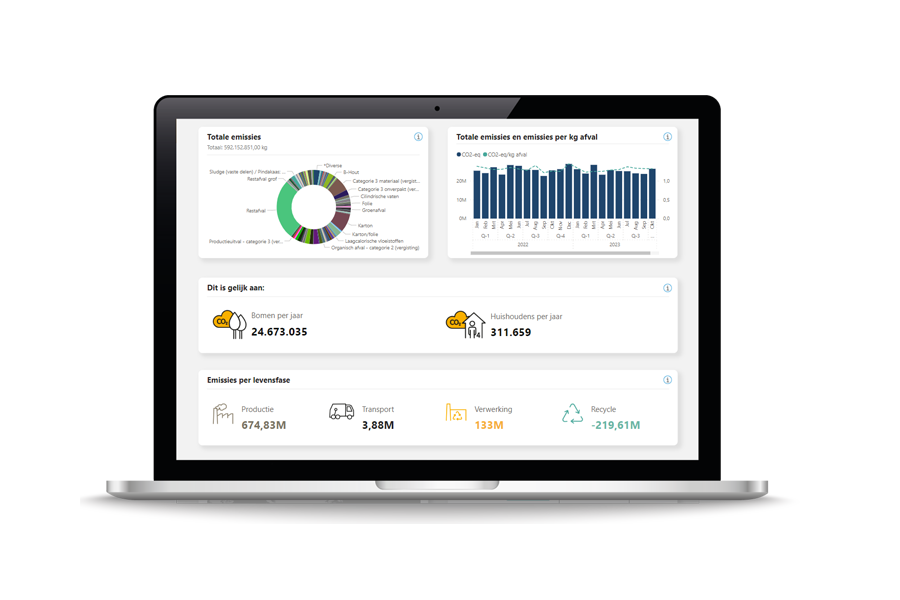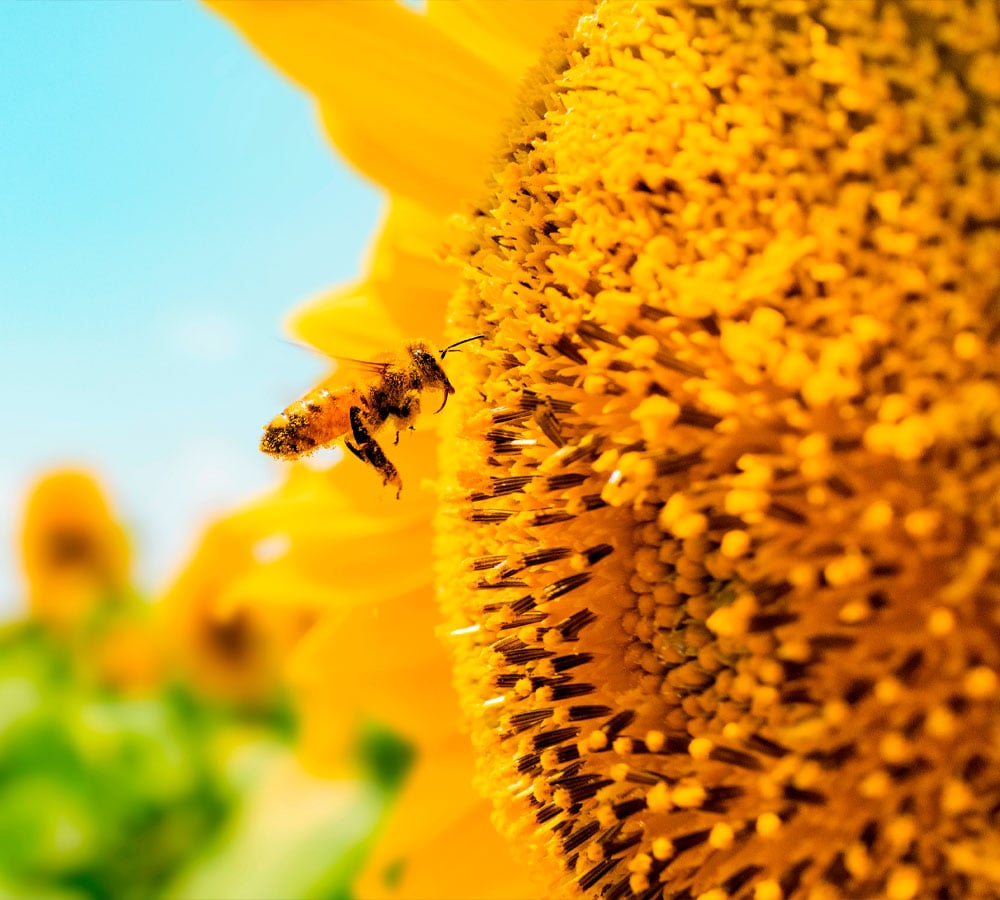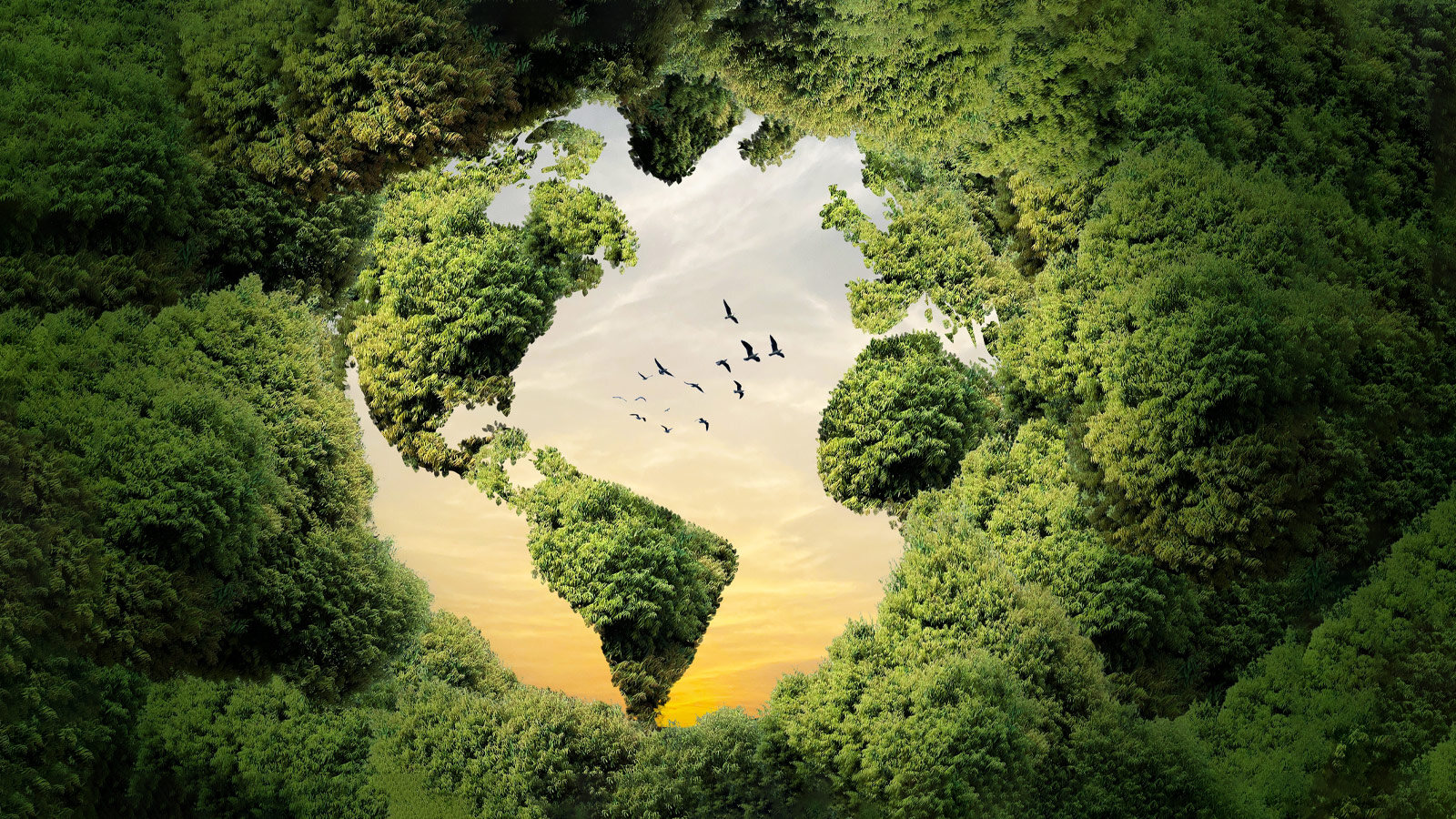Wastage – you probably have some idea of what it means. But did you know that its meaning goes much deeper than you might think? In this blog, we challenge you to take a fresh look at the concept of wastage and explore how we can reduce it.
What is wastage?
We begin by defining wastage. The dictionary describes wastage as ‘to use something in a useless way.’ That doesn’t sound very concrete yet. When we ask around, it turns out that people often associate the word wastage with food waste. And that’s not surprising: globally, one-third of available food is wasted. In the Netherlands alone, households throw away about 33 kilos of edible food per person. This, while the food system contributes to greenhouse gas emissions and is a major driver of water scarcity and biodiversity loss
Wastage is not just about food waste. It also includes the waste of water, resources, energy, time, money, and talent. When we focus on resource waste, we’re not only referring to the lost financial value of resources. We also consider the environmental impact and the availability of natural resources that the Earth provides. In addition to material, money, and time, clean air, drinking water, or healthy soil are also being wasted. In a broader sense, resource wastage means we are not managing precious natural resources carefully enough. Resource wastage becomes most visible in the trash bin (though this is only the tip of the iceberg). It is no coincidence that in English, the terms for wastage and waste are so closely related.
There are many different types of wastage, as we’ve now established. In this blog, we will focus specifically on resource wastage. From now on, when we refer to waste, we mean the wastage of valuable resources.
Wastage is a complicated issue: there's more to it than you might think.
Aiming to prevent waste sounds simple in theory (based on the trash bin concept). Just stop throwing things away, reuse more often, and recycle everything, right? Not quite. The following example shows how reducing wastage can be much more complex.
From plastic bottle to fleece blanket
Take, for example, a fleece blanket made from recycled plastic PET bottles. At first glance, this seems like a sustainable circular solution that eliminates waste. But upon closer inspection, the situation is more complicated. With every wash, the fleece blanket releases many microplastics that aren’t caught by the washing machine’s filter. These microplastics pollute our water, soil, and food system. In this scenario, we may be wasting less plastic (resources) by recycling PET bottles, but we are still harming the natural environment that keeps the Earth and us healthy.
There’s another issue to consider. In this process, the plastic loses its value. The fleece blanket likely won’t be recycled again, whereas PET bottles can be recycled into new PET bottles through the well-organized deposit return system in the Netherlands. And although recycling is not entirely free of environmental impact, it is a far better option than turning plastic into a lower-quality product.
Preventing waste is not as simple as it seems. As the example above shows, many factors are at play. To combat resource waste, we need to look beyond the trash bin and the waste phase, and consider all stages of a product’s life cycle in its design. But how?
Wastage: look at the whole life cycle
To fully address resource waste, it is useful to have a complete understanding of the life cycle of a product or service—from raw material extraction to waste management. This includes all the steps in between, such as procurement, transport, and use. Every step in the life cycle can impact the environment, as we saw in the example of the fleece blanket. A life cycle analysis (LCA) is a helpful tool to map out the full scope of environmental impact. An LCA provides insight into resource loss and ecological impact. It can also be used to assess the environmental impact of microplastics.
Choice of material and product design
Another example. A company packages food products and considers the end-of-life phase and wastage processing of their packaging. Which material is best? Or can it be done without packaging?
Various factors come into play when making this decision, as each material has unique properties. For transportation, weight and size are important. Glass, for instance, is relatively heavy compared to paper or plastic, which means transporting the product will cause more emissions. This leads to air pollution, which equates to a waste of clean air. A second factor is the lifespan. When comparing glass to paper, you see that glass can be recycled infinitely without losing quality, while paper fibers break down in the recycling process, meaning they cannot be recycled indefinitely. Additionally, the recycling process itself differs in the amount of energy required for each material. For example, recycling glass takes more energy than recycling paper.
So, there are pros and cons to every choice. In which scenario are resources used most effectively, and does that also mean it has the least ecological impact? An LCA study helps to provide insight into these questions.
Thinking about material and waste phase in advance
A large part of the decisions that impact waste are made before the waste even exists—during product design, for example, in the choice of materials. The material influences how the product, once it becomes waste, can be processed. The better it is processed, the less waste occurs. Therefore, it is important to consider the waste phase—whether it will be incinerated, recycled, or reused.
Incineration results in the loss of resources. In most cases, energy is recovered, which reduces the use of fossil fuels. However, incineration remains a low-value solution with a negative environmental impact.
Recycling is a better option, but there are differences within recycling itself. Take chemical recycling versus mechanical recycling. Chemical recycling requires a lot of energy but usually produces a high-quality secondary raw material. Mechanical recycling is less polluting and energy-intensive, but often involves ‘downcycling,’ where the end product is of lower quality than the products that entered the recycling process.
With reuse, there is almost no waste. There is transport, for instance, when a product is reused in another location. Good to know: all of this is reflected in our dashboard.
It’s clear that the goal is to process waste streams as efficiently as possible. High-quality processing ensures maximum resource and value retention and minimal environmental impact. Less waste, in other words
Milgro's view on wastage
Let’s go back to the word ‘useless’ in the definition of ‘wastage’; ‘to use something in a useless way.’ When is the use of resources useful and when is it not? According to Milgro, our global resource use is wasteful as long as it contributes to further depletion of the Earth. Resource use that stays within the Earth’s limits is responsible. A great way to measure this is through Earth Overshoot Day, which we use as a benchmark.
The challenge lies in using resources much more efficiently. Measurement is key. By gaining insight into the consumption and use of resources, we can set priorities and actions. In practical terms, with every optimization of waste streams, we see less resource loss and less environmental damage. This is a step forward towards a circular economy where we live within the planet’s limits, and Earth Overshoot Day no longer exists.
Measuring waste in CO2 and more
We began this blog with the promise that you would discover something new about waste. We hope we’ve made it clear just how broad this concept really is. At Milgro, we work every day to combat waste in all its forms, driven by our mission to make the world waste-free by 2040.
With the belief that insight leads to action, we provide our clients with a dashboard that tracks data on waste streams and also on wastefulness. Currently, Milgro expresses resource waste and its ecological damage in CO2 equivalents. CO2 emissions are a widely used environmental indicator for climate change. We are working hard to broaden our measurements so that other forms of waste, such as water usage, pollution, depletion of scarce resources, and biodiversity loss, are also taken into account. This is both logical and necessary for us. The resource transition, the climate transition, and biodiversity challenges are inseparably linked by the choices we make in how we handle resources. The example of the fleece blanket shows that a broad perspective and insight into impact are essential to navigate these complex challenges.
Getting started against wastage?
If we were to summarize this blog, it would be: waste is complex. Providing insight into this complexity is a crucial step in tackling waste. Through our online dashboard, we offer our clients a clear view of waste. The dashboard displays data calculated using the LCA methodology, showing both the ecological and economic impact of waste and resource streams. It also highlights the difference in impact when choosing alternative processing methods
Stay informed
Stay up to date on all new developments? Follow us on LinkedIn and Instagram or subscribe to our newsletter. Are you curious about what Milgro can do for your operations and waste process? Contact us.














